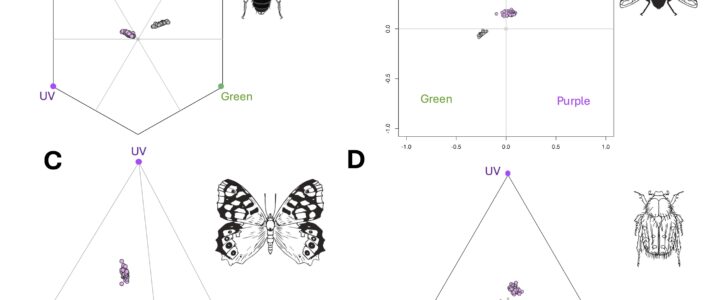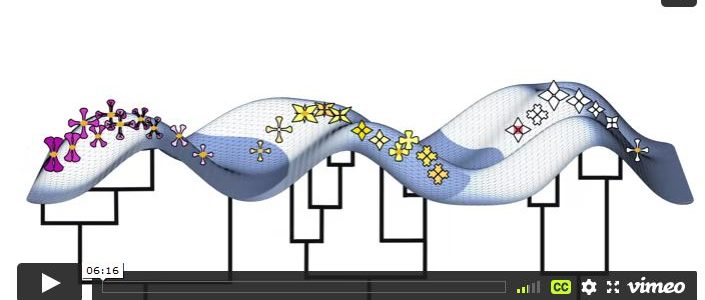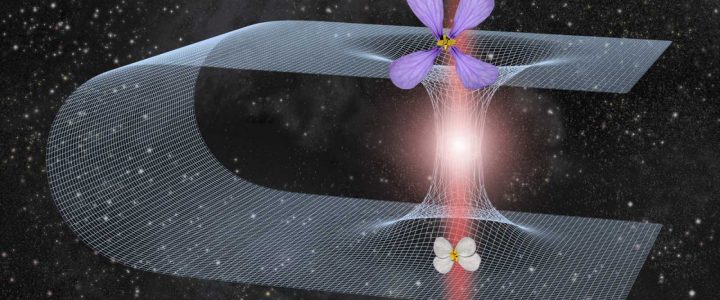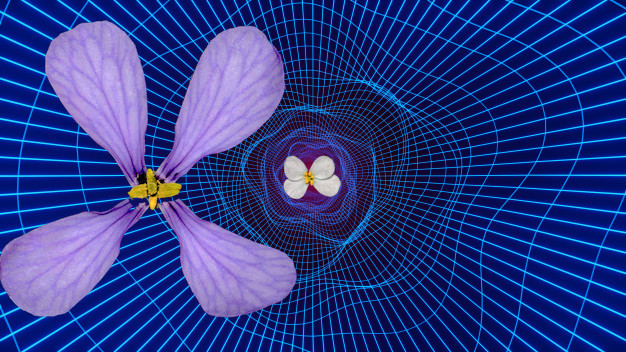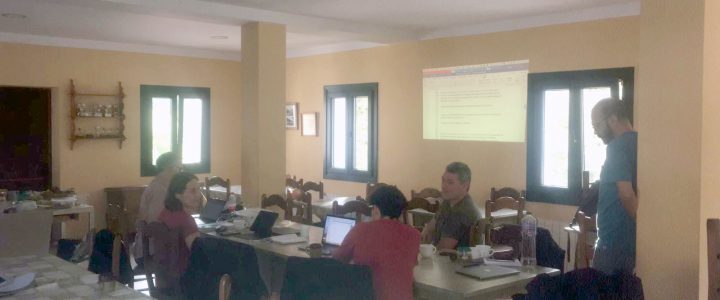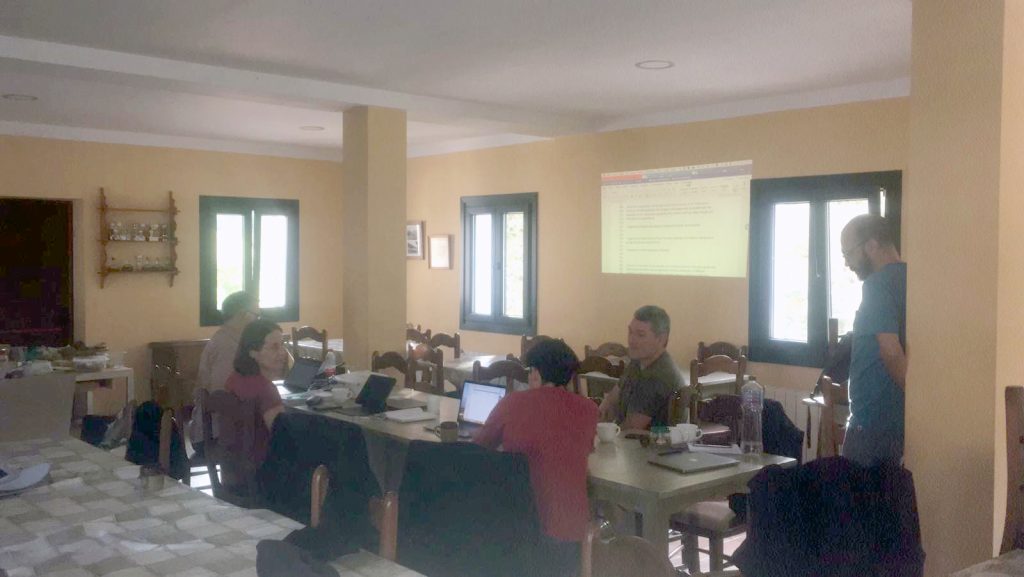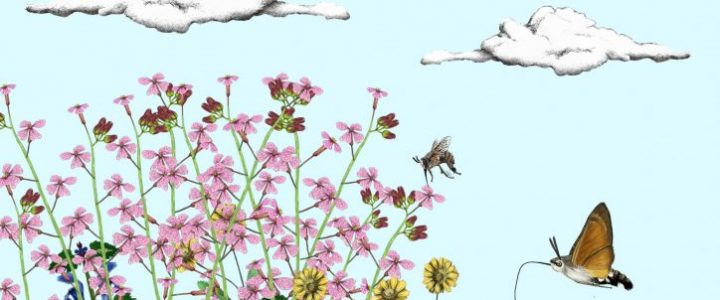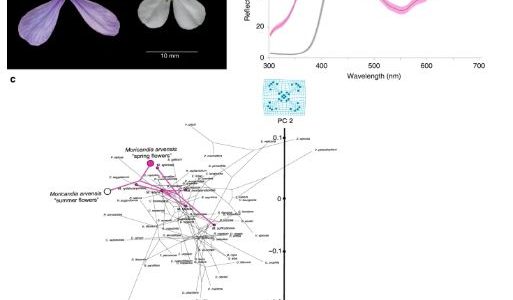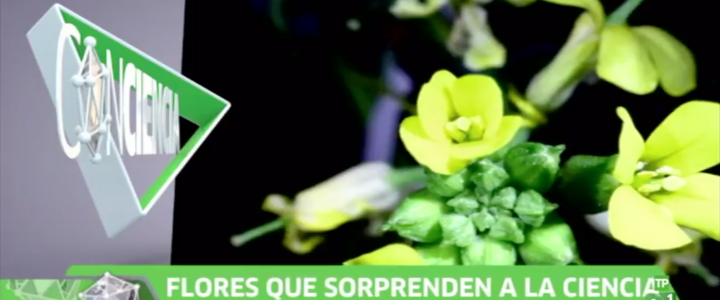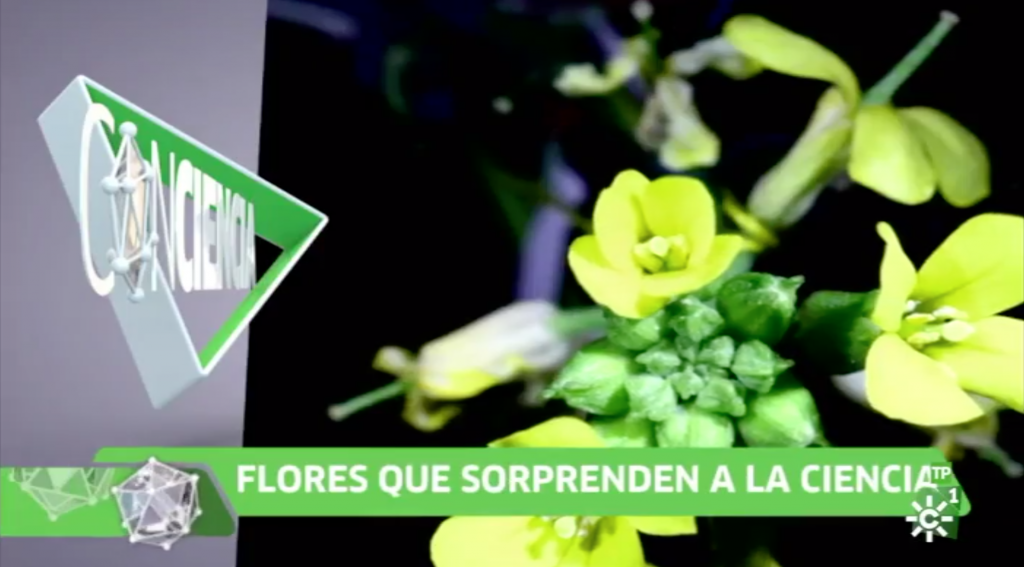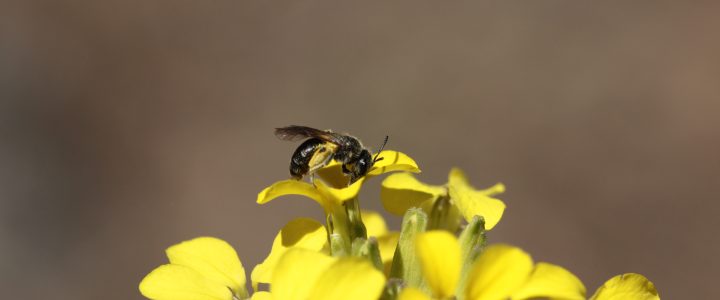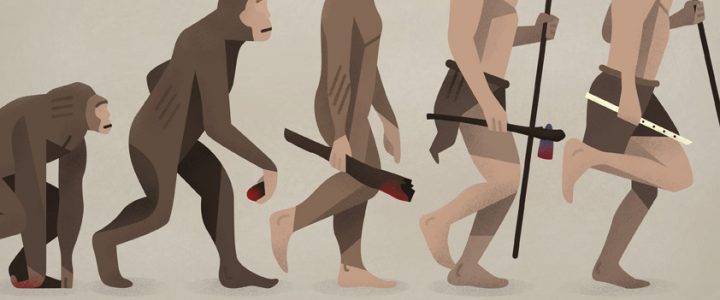Cuando miramos una flor, no vemos la luz que absorbe para sus procesos vitales, sino la que refleja y nos devuelve. En otras palabras: su color es la parte de la luz que le sobra.
El estudio de los pigmentos florales ha ocupado siempre un lugar secundario en la investigación científica, a pesar de que estos compuestos son esenciales para la vida de las plantas. Más allá de conferir a las flores sus llamativos colores, los pigmentos desempeñan funciones cruciales en la protección frente a distintos tipos de estrés ambiental, como la radiación ultravioleta, la desecación o el exceso de calor. De este modo, los pigmentos florales cumplen un doble papel: por un lado, son una señal visual dirigida a los polinizadores; por otro, son una defensa química que ayuda a la planta a sobrevivir en condiciones adversas.
Sin embargo, todavía sabemos poco sobre cómo cambian estos pigmentos bajo condiciones de estrés y, sobre todo, qué implicaciones tienen esos cambios en la forma en que los polinizadores perciben las flores. Con este reto en mente, en nuestro grupo de investigación hemos aprovechado una característica única de nuestro sistema de estudio, la planta Moricandia arvensis (Brassicaceae), que nos brinda una oportunidad excepcional para explorar este fenómeno.
Una especie con dos rostros florales
Moricandia arvensis es una planta mediterránea que florece durante buena parte del año. Lo verdaderamente fascinante es que sus flores no son siempre iguales. En primavera, la especie produce flores de color lila, con visibilidad incluso en el rango ultravioleta. Cuando llegan los meses cálidos del verano, esas mismas plantas generan flores blancas, aparentemente más discretas. Este fenómeno constituye un claro ejemplo de plasticidad fenotípica: la capacidad de un mismo organismo para mostrar distintos aspectos de un rasgo en función de las condiciones ambientales.

Esta plasticidad nos ofrecía una oportunidad de oro: observar cómo varía la composición de pigmentos en los dos tipos de flores de la misma planta, expuestos a condiciones ambientales distintas, y analizar si esos cambios alteran la manera en que los polinizadores perciben las flores.
¿Cómo lo investigamos?
El estudio, que acabamos de publicar en la revista American Journal of Botany, se desarrolló combinando trabajo de campo y laboratorio. En una población natural de Moricandia arvensis, recolectamos flores de primavera y de verano y analizamos su reflectancia espectral: es decir, cómo reflejan la luz en distintos rangos de longitudes de onda, incluida la radiación ultravioleta que muchos insectos pueden ver, pero que resulta invisible a nuestros ojos.


Después, realizamos un análisis químico detallado de los pigmentos mediante UHPLC-ESI-MS/MS, una técnica de alta resolución que nos permite identificar y cuantificar compuestos fenólicos y flavonoides con gran precisión. Por último, utilizamos modelos de visión basados en los sistemas sensoriales de distintos grupos funcionales de polinizadores (abejas, moscas, mariposas y coleópteros) para predecir cómo perciben estas flores.
Flores blancas, pero no invisibles
Los resultados fueron reveladores. Las flores de primavera mostraron una fuerte reflectancia en el ultravioleta y un marcado valle en torno a 550 nm, lo que corresponde al rango del verde-amarillo. Esto se explica por la presencia de antocianinas, los pigmentos responsables de la coloración lila.
En cambio, las flores de verano carecieron de antocianinas. En su lugar, acumularon grandes cantidades de flavonoides y otros fenoles, en particular ácido ferúlico, kaempferol y kaempferol-3-O-glucósido. Estos compuestos absorben radiación ultravioleta, lo que explica que las flores veraniegas no reflejen en ese rango. Desde el punto de vista humano, estas flores parecen blancas y más sobrias; sin embargo, desde el punto de vista químico, aunque los humanos no lo detectemos a simple vista, son ricas en estos compuestos fenólicos que les confieren potencial papel protector frente al calor y la radiación solar.
Pero lo más interesante fue comprobar que, pese a estas diferencias tan acusadas en la composición de pigmentos y en los patrones espectrales, las flores blancas de verano siguieron siendo llamativas para los polinizadores. Los modelos de visión mostraron que, tanto en primavera como en verano, las flores destacan claramente frente al fondo verde de la vegetación. Dicho de otro modo: aunque los colores cambian, la señal que reciben los polinizadores se mantiene eficaz.

Más compuestos en verano, más protección…
Un hallazgo adicional de nuestro estudio fue que las flores de verano no solo dejaron de producir antocianinas, sino que duplicaron la cantidad de compuestos fenólicos respecto a las de primavera. Estas sustancias, conocidas por su papel en la fotoprotección y en la resistencia al estrés, probablemente contribuyen a que la planta tolere mejor las altas temperaturas estivales a las que se encuentra sometida en su área de distribución localizada en el Mediterráneo occidental.
Así, las flores blancas de Moricandia arvensis no deben interpretarse como simples ‘flores sin color’, sino como estructuras que han sustituido las antocianinas por un perfil distinto de fenoles, lo que confiere al blanco un significado funcional tanto en la atracción de polinizadores como en la tolerancia al calor. Y con esto, la planta adapta su química para resistir mejor al calor sin sacrificar su capacidad de atraer polinizadores.
Implicaciones ecológicas y evolutivas
Desde un punto de vista ecológico, estos resultados ilustran cómo un mismo rasgo – el color floral – puede cumplir múltiples funciones. En primavera, las flores lilas son ricas en antocianinas que las hacen atractivas y visibles, pero también cumplen funciones antioxidantes. En verano, cuando el calor aprieta, la planta invierte en flavonoides y fenoles que actúan como protectores frente a la radiación UV y el estrés térmico, sin comprometer la atracción a los polinizadores.
Este tipo de rasgos multifuncionales son clave para entender la evolución de las plantas. No se trata únicamente de un cambio estético, sino de una estrategia adaptativa compleja, que integra la ecología de la polinización con la fisiología de la resistencia al estrés.
El estudio de los pigmentos florales sigue siendo un terreno fértil y lleno de preguntas abiertas. Nuestro trabajo con Moricandia arvensis muestra que detrás de un cambio tan evidente como el paso de flores lilas a flores blancas se esconde una sofisticada estrategia de adaptación: cambiar la “paleta de pigmentos” para resistir el calor sin dejar de ser visibles para los polinizadores.
Este hallazgo subraya la importancia de considerar la plasticidad fenotípica y los múltiples roles que un mismo rasgo puede desempeñar. En un escenario como el actual, marcado por el aumento de los episodios de calor extremo y otros estreses ambientales asociados al cambio climático, estos resultados adquieren un interés especial. La capacidad de algunas plantas para ajustar dinámicamente la composición de sus pigmentos puede conferirles una mayor resiliencia frente a condiciones climáticas cada vez más impredecibles, contribuyendo a mantener tanto su función ecológica como sus interacciones con los polinizadores.
En particular, en la región del Mediterráneo occidental, una de las áreas más vulnerables al cambio climático, la plasticidad observada en M. arvensis podría representar una ventaja adaptativa que facilite su persistencia en un entorno que se calienta rápidamente. Y nos recuerda, una vez más, que incluso los detalles más aparentemente ornamentales de la naturaleza, como el color de una flor, son en realidad el resultado de complejas interacciones evolutivas entre las plantas, sus polinizadores y el medio ambiente que comparten.

